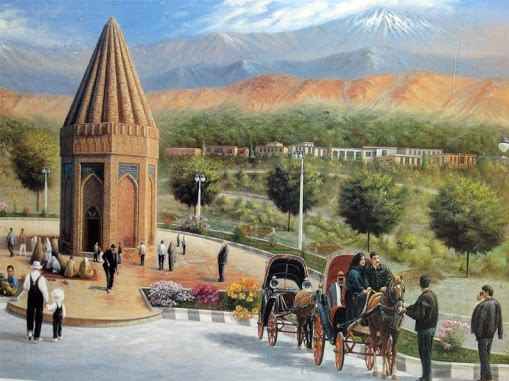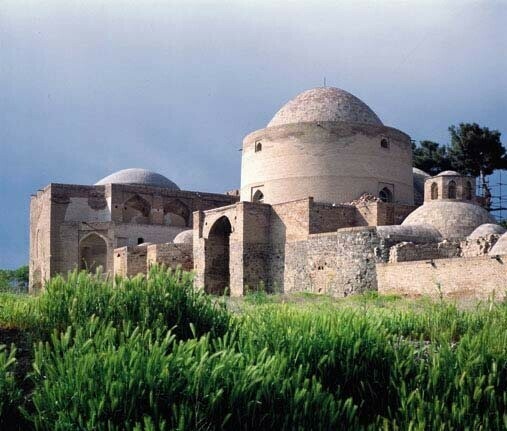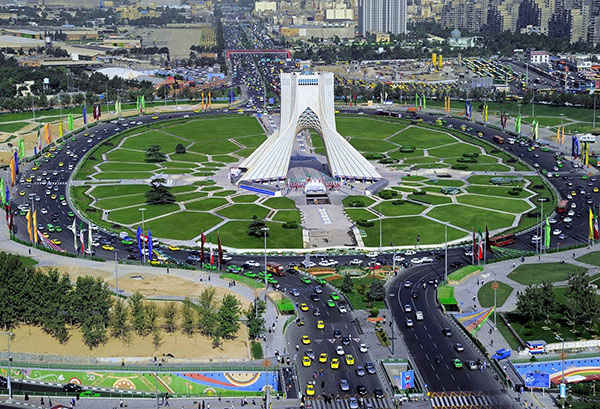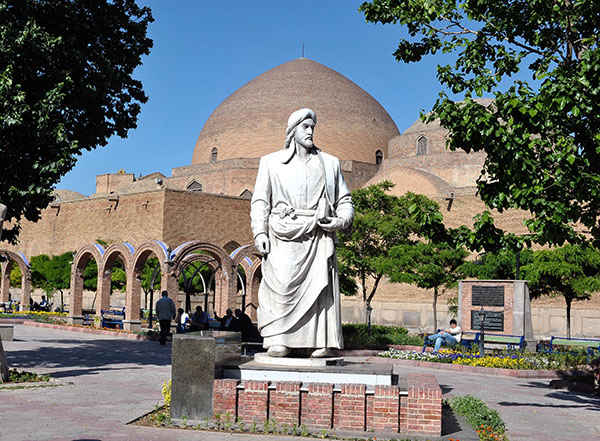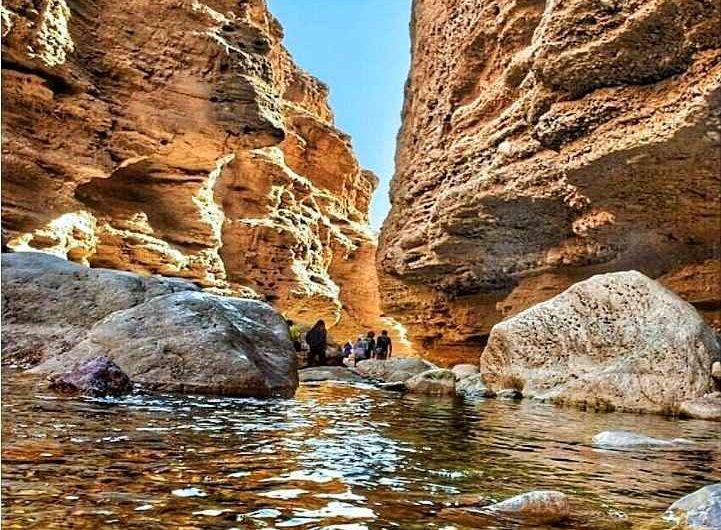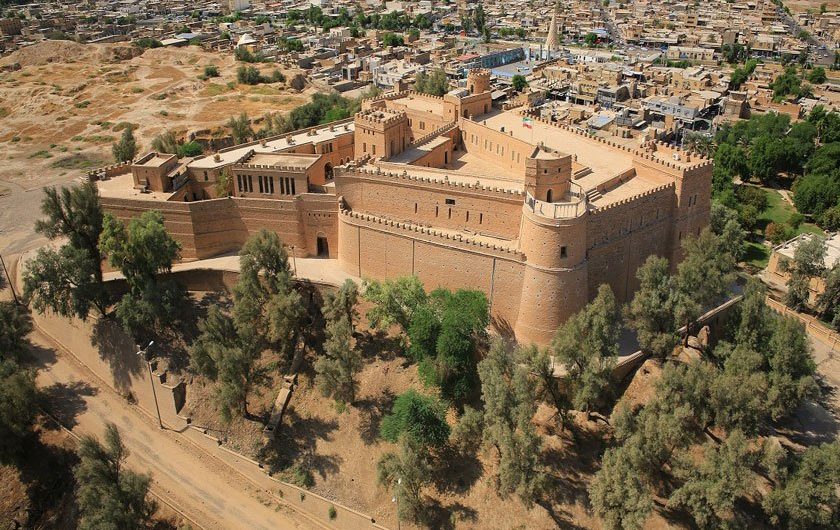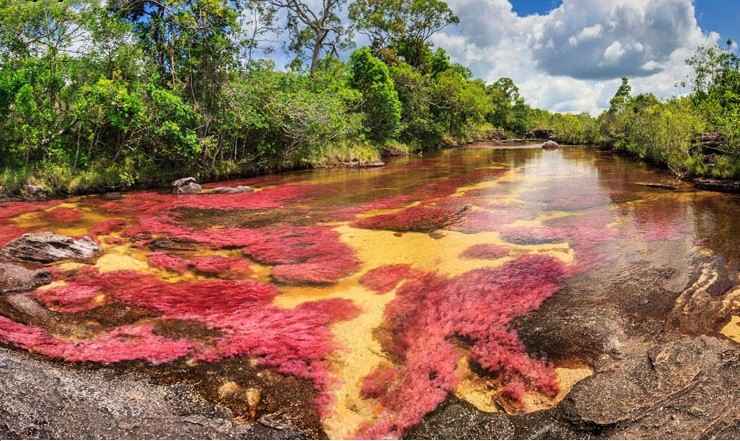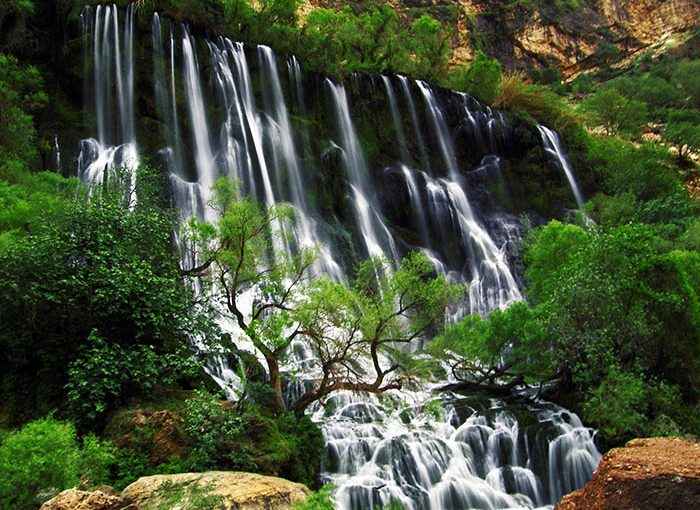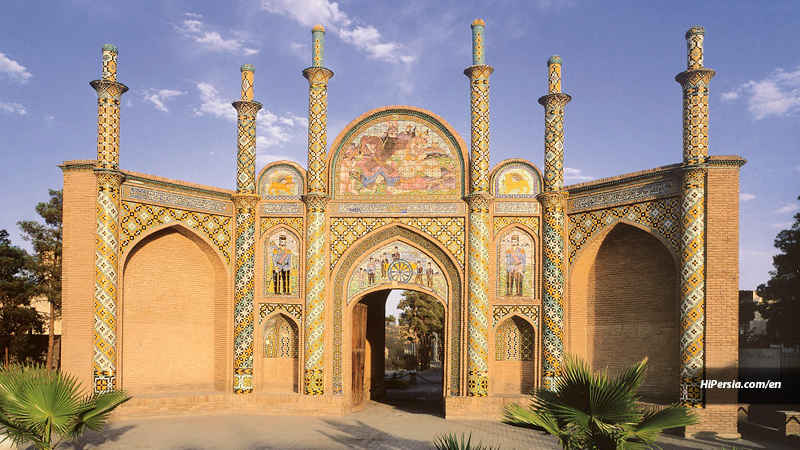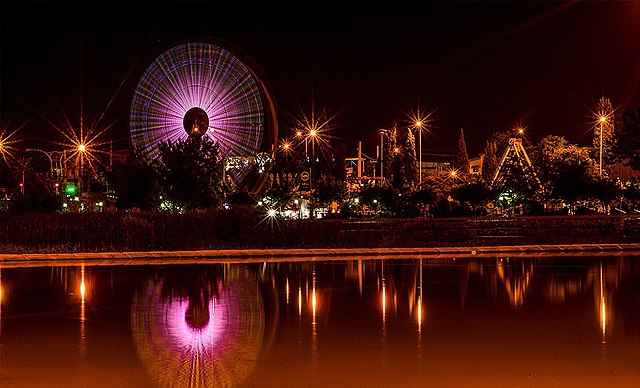Tabriz A modern city with great industrial potential and a merchandise distribution center. Situated in a valley north of Mount Sahand, it is the capital of the East Azerbaijan province and the fourth most populous city in the country, the majority of which are Azeris. Given its location, it enjoys mild summers, which makes it a perfect place for the summer. The antiquity of Tabriz dates back to the time of the Parthians and Sassanids, and it was later chosen as the capital of the Ilkhanate empire, which resulted in its development considerably. Later it continued to be the capital of the Timuris, Kara Koyunlu and Ak Koyunlu until the dominion of the Safavids, who moved the capital to Qazvin due to its proximity to the Ottomans in order to defend them against their threat. During the Qajar era, Tabriz was chosen as the prince's city, where princes studied and received government instruction. Due to the existence of the first Iranian chamber of commerce in 1906, the first Iranian school for the deaf, the first national newspaper, the first cinema, the first public library and the first police station in Tabriz, this city is known under the name " City of the First ”. Another point in favor of this city are its delicious foods that attract many tourists annually, among them; kufteh Tabrizí, dizi sangí, kabab Bonab, ash-e goje, ash-e mast and dolme. The main tourist attraction is the Old Bazaar of Tabriz, the largest covered bazaar in the world that has been included in the UNESCO list. In this place you can find all kinds of crafts including; carpets and rugs, leather goods, Lighvan cheese and Sabalan honey. Other historical monuments of Tabriz are: Blue Mosque, Arg-e Alishah, Azerbaijan Museum, churches, Kandovan, Yanghyn Tower and Qari Bridge. Ancient
Tabriz
A modern city with great industrial potential and a merchandise distribution center. Situated in a valley north of Mount Sahand, it is the capital of the East Azerbaijan province and the fourth most populous city in the country, the majority of which are Azeris. Given its location, it enjoys mild summers, which makes it a perfect place for the summer. The antiquity of Tabriz dates back to the time of the Parthians and Sassanids, and it was later chosen as the capital of the Ilkhanate empire, which resulted in its development considerably. Later it continued to be the capital of the Timuris, Kara Koyunlu and Ak Koyunlu until the dominion of the Safavids, who moved the capital to Qazvin due to its proximity to the Ottomans in order to defend them against their threat. During the Qajar era, Tabriz was chosen as the prince’s city, where princes studied and received government instruction. Due to the existence of the first Iranian chamber of commerce in 1906, the first Iranian school for the deaf, the first national newspaper, the first cinema, the first public library and the first police station in Tabriz, this city is known under the name ” City of the First ”. Another point in favor of this city are its delicious foods that attract many tourists annually, among them; kufteh Tabrizí, dizi sangí, kabab Bonab, ash-e goje, ash-e mast and dolme. The main tourist attraction is the Old Bazaar of Tabriz, the largest covered bazaar in the world that has been included in the UNESCO list. In this place you can find all kinds of crafts including; carpets and rugs, leather goods, Lighvan cheese and Sabalan honey. Other historical monuments of Tabriz are: Blue Mosque, Arg-e Alishah, Azerbaijan Museum, churches, Kandovan, Yanghyn Tower and Qari Bridge.


